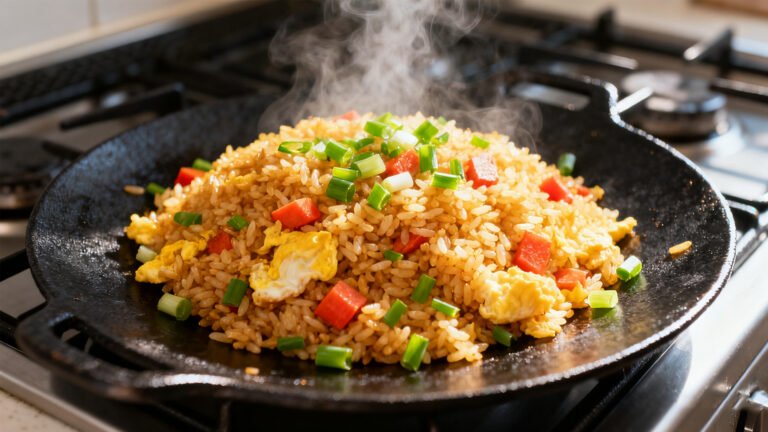
Contact Us through info@lovekonjac.com
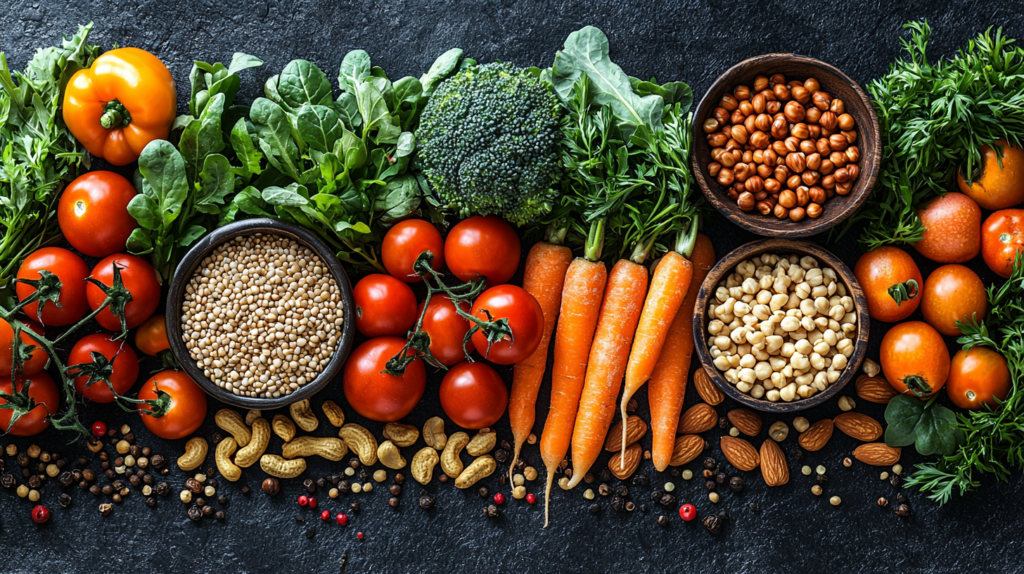
Are you a vegetarian curious about the benefits of the ketogenic diet? Or perhaps you’re following keto but considering giving up meat?
The good news is that a vegetarian keto lifestyle is entirely achievable with the right approach. By focusing on low-carb, plant-based foods, you can enjoy the advantages of ketosis while adhering to vegetarian principles. However, it’s essential to address potential health challenges, such as maintaining balanced nutrition.
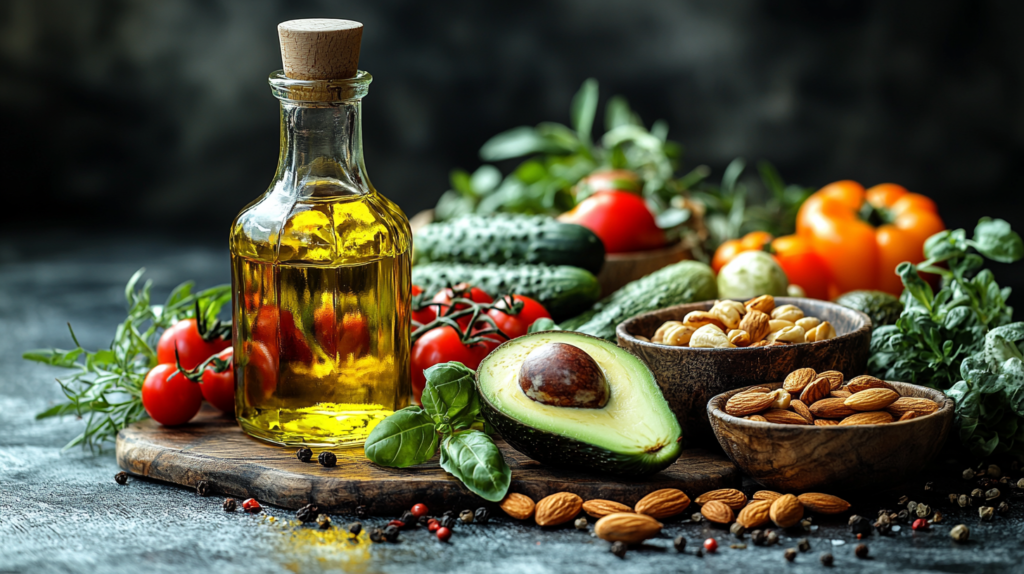
A vegetarian keto diet combines two popular approaches: vegetarianism and the ketogenic (keto) diet.
Vegetarianism excludes meat and seafood, focusing on plant-based foods.
Keto emphasizes a high-fat, moderate-protein, and very low-carb diet to enter ketosis—a metabolic state where your body burns fat for fuel instead of glucose.
In ketosis, the liver produces ketones, which serve as an efficient energy source, particularly for the brain. Vegetarians can achieve ketosis by incorporating plant-based fats like avocado, olive oil, and nuts, alongside moderate portions of low-carb, plant-based proteins like tofu and tempeh.
Sustainable Weight Loss: Reducing carbs and prioritizing healthy fats can promote fat-burning.
Improved Energy Levels: High-fat diets help maintain consistent energy and mental focus.
Reduced Inflammation: Both vegetarian and keto diets are known to reduce inflammation.
Environmentally Friendly: A vegetarian keto diet typically has a lower carbon footprint than traditional keto.
Finding high-fat, low-carb vegetarian foods.
Preventing nutritional deficiencies, such as vitamin B12, iron, and omega-3 fatty acids.
Planning meals to ensure variety and balanced nutrition.
Healthy Fats: Avocado, olive oil, coconut oil, nuts, and seeds.
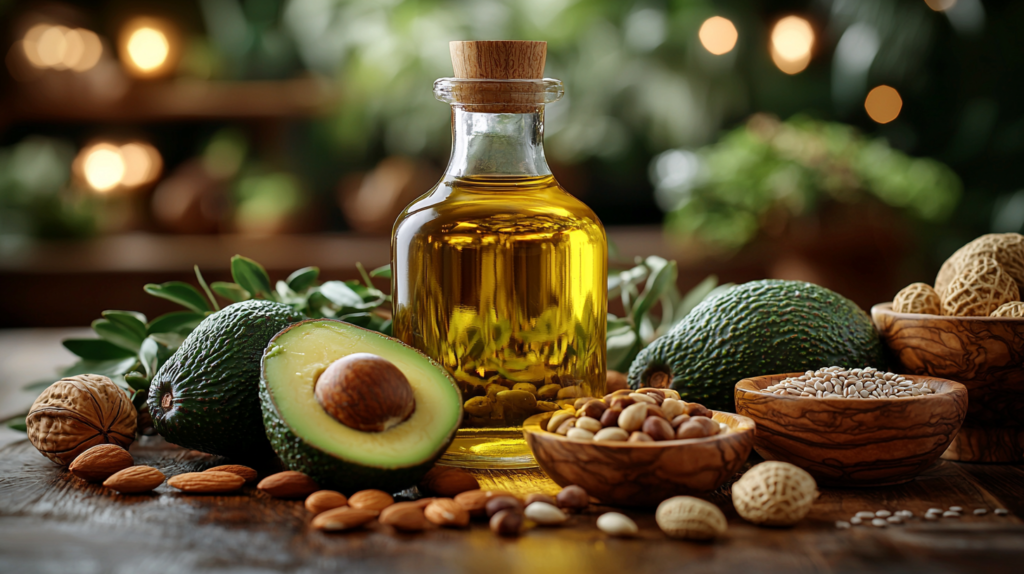
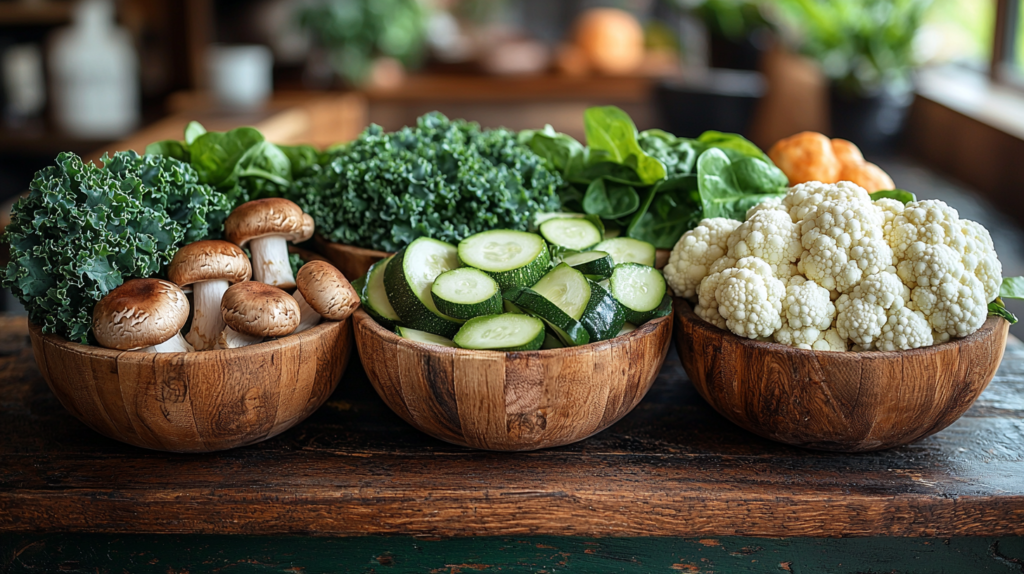
Low-Carb Vegetables: Zucchini, spinach, kale, mushrooms, and cauliflower.
Plant-Based Proteins: Tofu, tempeh, and seitan.
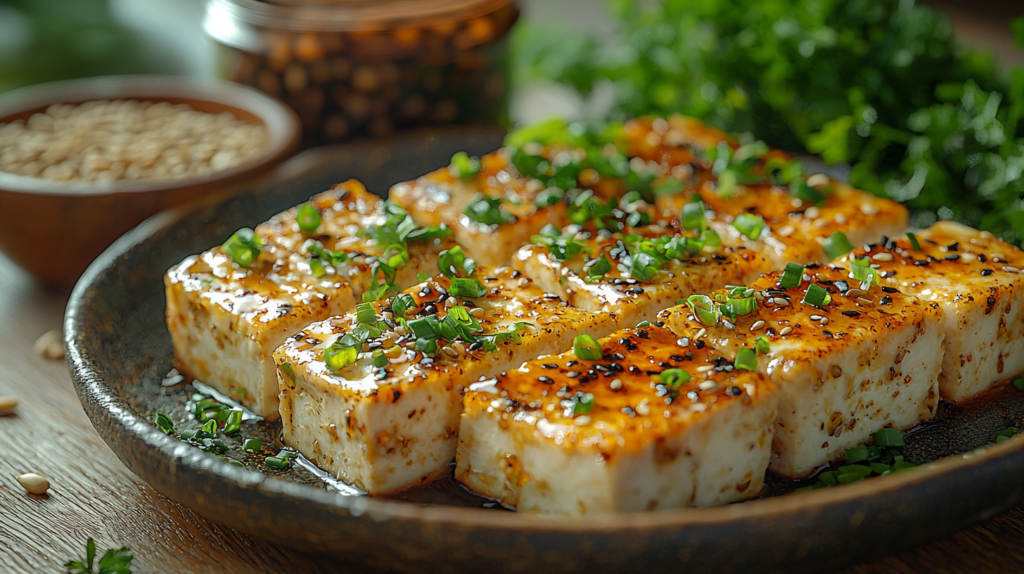

Dairy Options: Cheese, cream, and unsweetened yogurt (if not vegan).
Keto Sweeteners: Stevia, monk fruit, and erythritol for desserts.

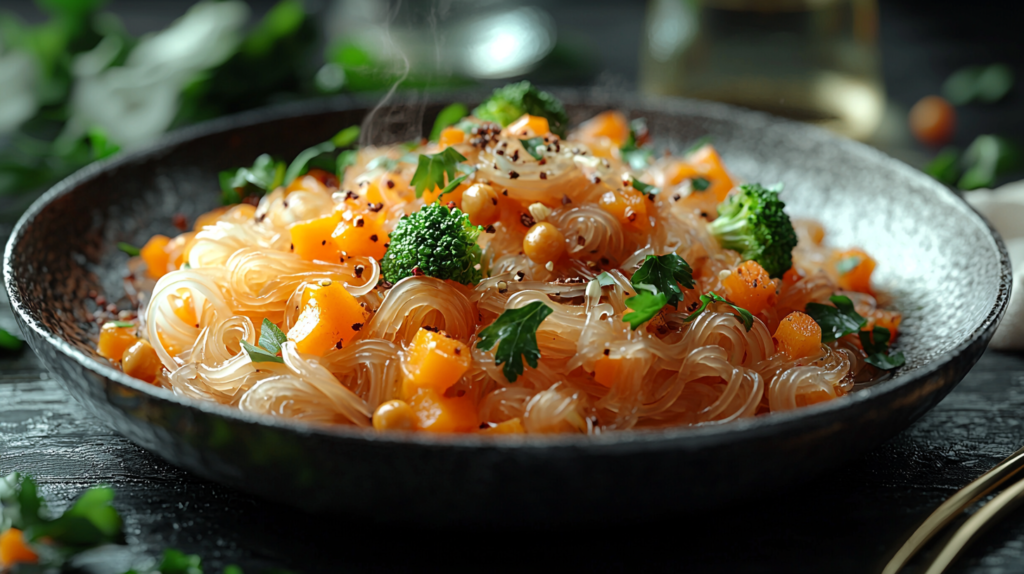
Konjac Noodles (Shirataki): A standout ingredient with low carbs and high fiber, making it an excellent pasta substitute.
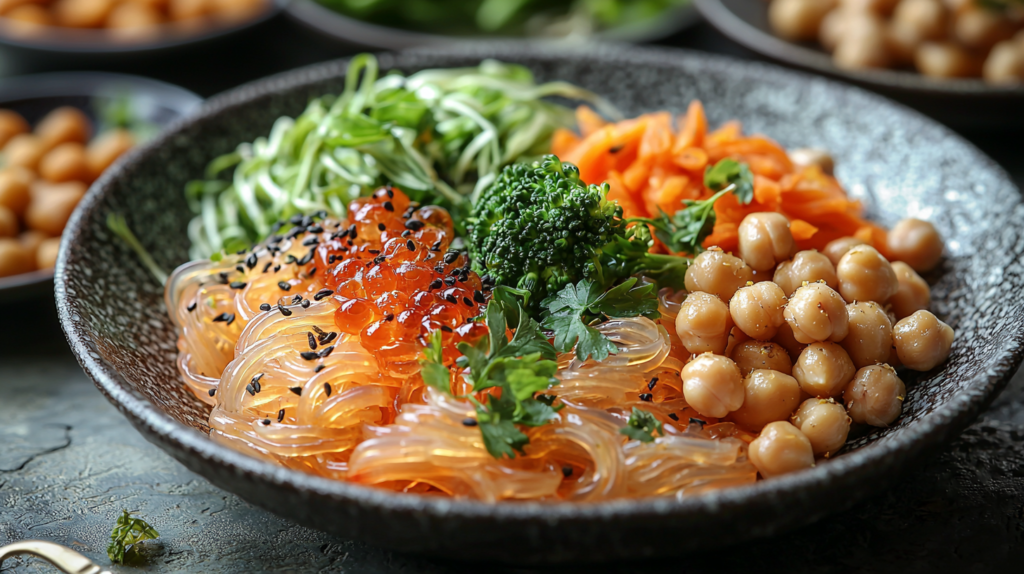
A vegetarian keto diet is a sustainable and healthful way to enjoy the benefits of ketosis while adhering to vegetarian principles. By prioritizing healthy fats, plant-based proteins, and low-carb vegetables, you can create satisfying meals that support your goals. While challenges such as meal planning and ensuring balanced nutrition exist, they are manageable with the right strategies. With ingredients like konjac noodles, you can easily maintain variety and creativity in your diet while staying keto-friendly.